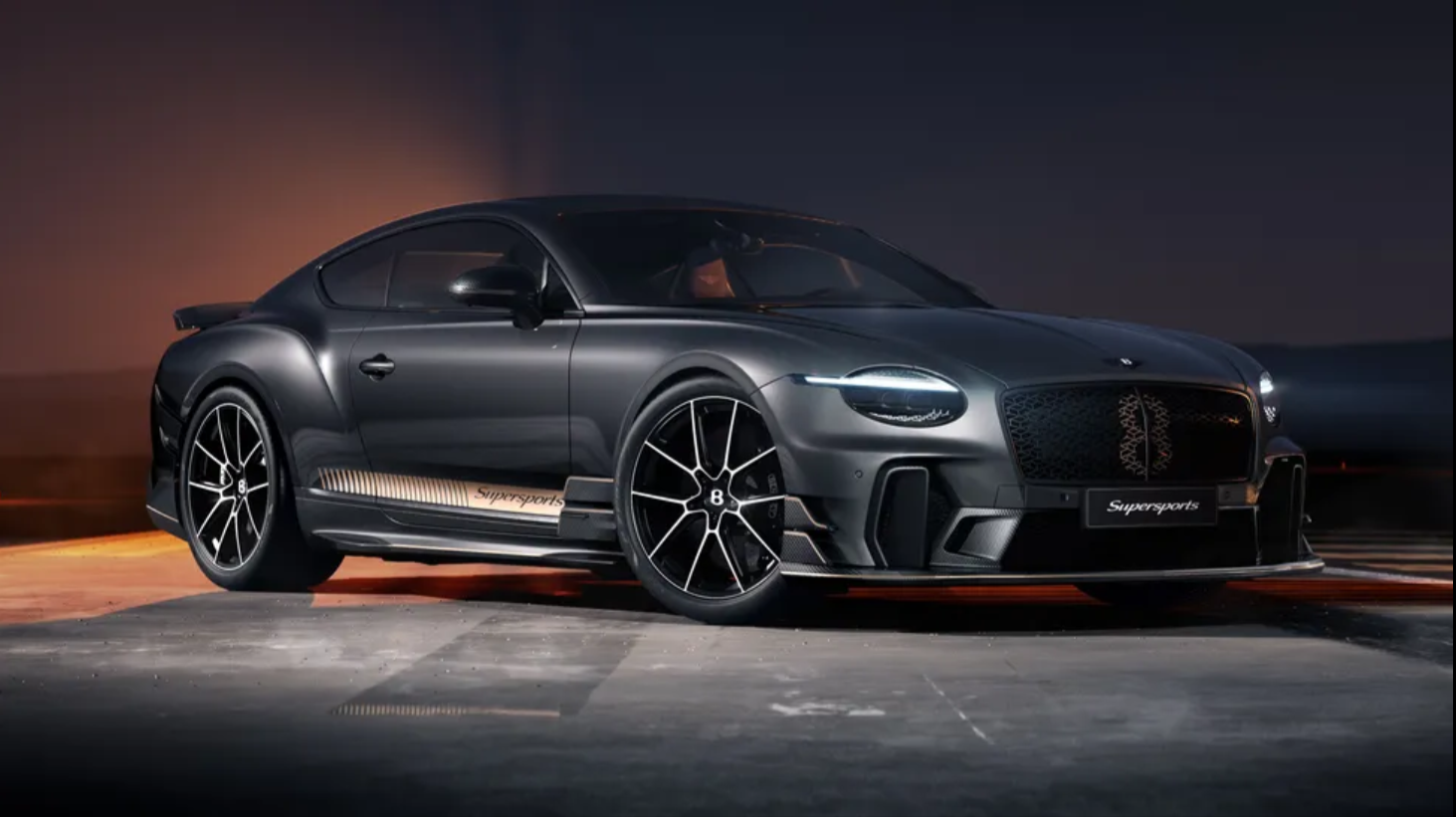With the end of Huracán production, Lamborghini’s glorious V-10 will meet its end. But the Italian company is not exiting the business of making exciting engines. Lamborghini revealed the first details of the Huracán successor’s twin-turbo V-8 Monday, and it sounds very promising.
The headline figure is its 10,000-rpm redline. High by any standard, let alone that of a turbocharged engine. Only the Mercedes-AMG One, Aston Martin Valkyrie, and Gordon Murray Automotive’s T.33 and T.50 rev higher.
This new engine displaces 4.0 liters and has a maximum output of 789 horsepower between 9,000 and 9,750 RPM and 538 pounds-foot of torque between 4,000 and 7,000 rpm. It’s a flat-plane V-8—Lamborghini’s first, believe it or not—and it’s a “hot-vee” configuration, with the turbos placed in the valley between cylinder banks. Naturally, it’s dry-sumped to ensure proper lubrication in all driving situations, and it’s direct-injected too.
To make an engine rev so high, you need a very light rotating assembly, so this V-8 gets titanium connecting rods. Lamborghini also ditches traditional bucket-and-shim tappets to open and close the valves in favor of rigid finger followers. A finger follower is essentially a metal lever that opens the valve as the camshaft lobe rolls over it. Finger followers are lighter than bucket-and-shim tappets and thus allow for higher engine speeds. It’s a valvetrain system that’s more common in racing engines and in sport bikes, but Ferrari uses them on its V-12, as does Porsche with its 4.0-liter, and Ford with some of its Mustang V-8s.
All of this is augmented with a hybrid system similar to what’s used in the new Revuelto. Lamborghini pairs the engine with an electric motor capable of 147 hp and 221 pound-feet of torque between the engine and the transversely mounted eight-speed dual-clutch transmission. It’s the same transmission used in the Revuelto, but while the V-12 car has its electric motor mounted atop the gearbox and connected separately from the engine, the Huracán successor has its motor in the more traditional position between engine and transmission. It’s an axial-flux motor, too, and while you don’t need to know exactly what that is, know that it’s much narrower than a traditional electric motor. McLaren and Ferrari also use axial-flux motors for their new hybrid cars.
Lamborghini says the Huracán successor has a three-motor hybrid system, so we’re assuming it’s got a motor for each front wheel like the Revuelto. The company didn’t provide any further details on this, though.
Right now, Lamborghini is already racing this V-8 in the SC63 LMDh prototype, though here, it displaces 3.8 liters and pairs with a very different sort of hybrid system. We'll see the Huracán successor in August.
Source






.jpg)


.jpeg)

.jpeg)
.jpeg)

